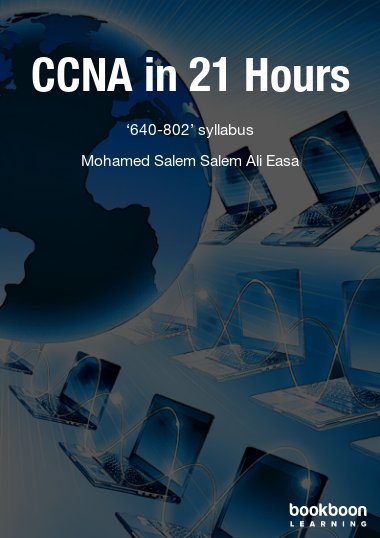This book offers a basic illustration for CCNA (Cisco Certified Network Associate), '640-802' syllabus, which is a pre-requisite certificate for most Cisco certifications. This CCNA Course will give you the basic knowledge to operate a computer network. You will learn about computer network basics, the devices that exist in a computer network, and how to configure them. In addition, you will learn the basics of network security, wireless networks, and IPv6. Enjoy!

